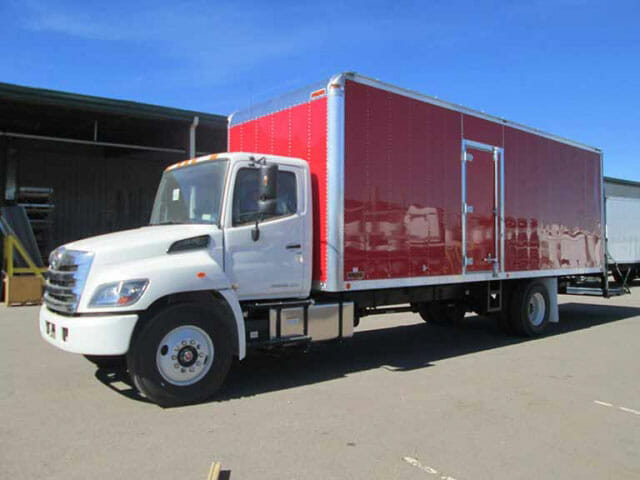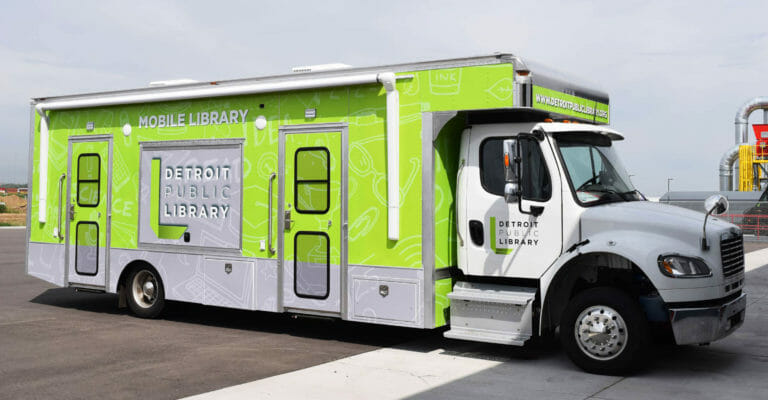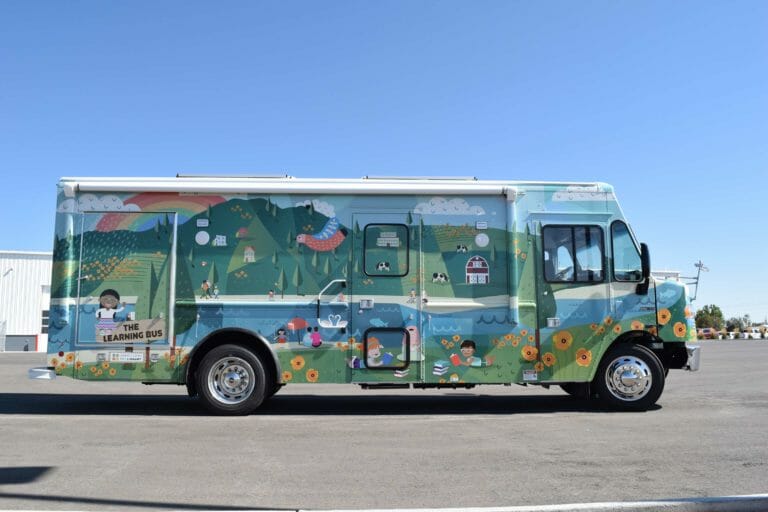Tips
Monthly Maintenance and Tech Tips – Inverters
May 8, 2018

This month I would like to pass on some helpful hints for inverter operations. There seems to be a lot of confusion on this particular piece of equipment and what it does and does not do. I’ll throw in a couple of quick troubleshooting tips at the end.
The inverter’s sole purpose is to take 12VDC from the coach batteries and convert it into 110VAC (normal house voltage). This allows you to run computers, printers, hotspots, etc. up to its wattage rating. It does not charge any batteries in the truck, it does not power the converter (battery charger) in your trucks, if you have a rooftop A/C unit it will not power those, and it also will not run any 12VDC items. Most of the inverters we use are between 1500 watts and 3000 watts. A few trucks may have dual units installed for a bit more available power. This is sufficient to run all your 110 volt items up to the max wattage of the inverter that is installed. An example is… if you have a 1500 watt inverter you could use your laptop (100-150w*), your printer (100w*), your X-Box (250w*), your plasma TV (250w*), your stereo (450w*), and maybe a can opener (150w*) for about a 1200-1300 watt load. However, if you plug in a clothes dryer (3000w) or dishwasher (1700-2000w) it will trip the inverter off. Just FYI…for you folks that are using a beverage cooler, they use approximately 900-1000 watts by themselves! Best rule of thumb for a happy inverter is to take the maximum wattage rating on your inverter and reduce it by 10% and that’s the max that you’ll want to plug into the line (1500w = safe continuous max of 1350w). This allows for the odd voltage spike. Don’t overload them!
We have included outlets in the vehicle that are powered via shore power for any high wattage users, like vacuums, etc. The shore powered outlets are white and will only work when you are plugged into shore power. The inverted outlets are all brown,
*- These numbers are examples ONLY. Yours may be different!
Here are some simple things to check if your inverter shuts down.
1. Make sure the switch above your desk is in the “ON” position.
2. Make sure the switch on your inverter is in the “REMOTE” pos.
3. Make sure you are getting a constant 12VDC+ into the inverter
a. The inverter must be between 10.5-15V to operate.
b. If the power gets below 10.5, or above 15.0, the inverter will shut down.
c. There is a circuit breaker below the inverter. Make sure it hasn’t tripped.
4. Make sure the electrical box fans are running.
a. The inverter has an overtemp sensor and will shut down if it gets too warm.
5. Make sure the GFCI outlet on the end of the inverter has not tripped.
a. Push the “TEST” button. Then fully push the “RESET” button back in. Make sure it “latches” in the locked position.
6. Make sure the plugs are firmly seated in the receptacle.
7. You should see a green “INPUT LEVEL” and “STATUS” LED on the receptacle end. The “LOAD LEVEL” LED may or may not be lit up. If any of the LED’s are solid or flashing red, there is a problem. Call our Service Group ASAP and we’ll help determine what the problem is. Note- a red LED does not always indicate a defective inverter.



